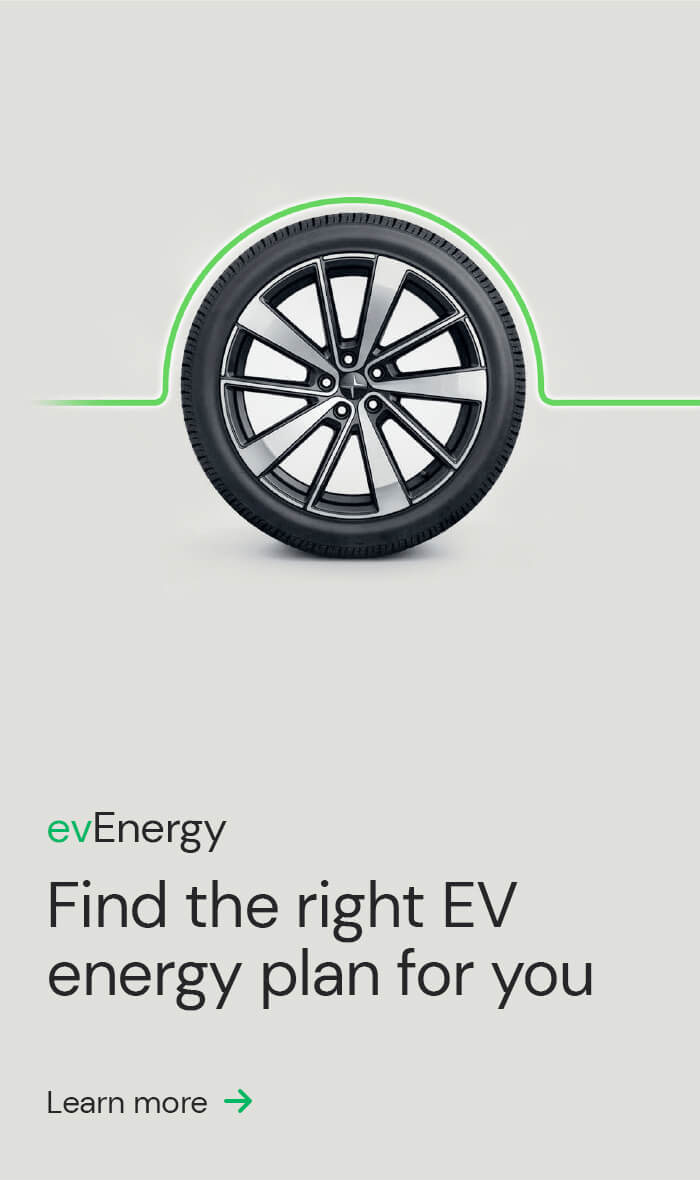From cutting-edge technology to eco-conscious design, EVs are redefining the future of automotive transportation with a host of innovative features. However, once you’ve driven your shiny new EV out of the showroom, you may notice there is no spare tyre.
When traditional internal combustion engine (ICE) cars almost universally come equipped with one, you may wonder why your tech-laden new EV doesn’t come equipped with this basic feature.
Why don’t EVs come with spare tyres? Let’s delve into the intriguing reasons behind this omission and explore why it aligns with the overarching goals of electric vehicle manufacturers.
Tyres increase body weight
One of the primary reasons why EVs often don’t come with spare tyres is the concern about weight. EVs are heavy, with their batteries causing them to weigh around 30% more than their petrol-powered counterparts. Since electric cars prioritise energy efficiency and range, every additional pound of weight can impact these factors.
According to Tyre Stewardship Australia, the average car tyre can weigh 9.5kg. When you consider the weight of this combined with a jack and related tools, the added load can reduce an EV’s range, meaning less driving distance on a single charge.
Tyres take up more space
Another benefit of omitting spare tyres in EVs is the potential for increased cargo space. EVs are designed to be practical and versatile. The absence of a spare tyre allows for more storage capacity in the boot, which can be increasingly important in smaller EVs where space is at a premium.
Tyres increase price
Although prices are coming down, EVs on average are more expensive than ICE cars. As manufacturers and governments want to incentivise EV ownership to support the transition to sustainable transport, keeping costs down is in everyone’s interests. According to Drive, not providing a spare tyre can save car makers up to $200, which provides knock-on cost savings for the consumer, helping to keep EV costs as competitive as possible.
EVs are more reliable
EVs have fewer moving parts in their drivetrains than ICE vehicles, meaning there’s less chance of things going wrong. Furthermore, their regenerative braking system reduces wear and tear on traditional brake components, leading to longer brake – and thus tyre life.
Given that EVs are all-around much more reliable than their petrol-powered counterparts, they are less likely to need tyre changes. EV tyres are different from regular tyres in that they’re stronger with better grip to sustain the weight of an EV.
How do I know when my EV tyres need changing?
MyCar recommends that EV tyres should be changed around every 40,000 km. The good news is that most electric cars have tyre monitoring systems that monitor the pressure and alert you when tyres need to be changed.
Uneven wear on tyres can indicate alignment issues, suspension problems or incorrect tyre inflation. Have your EV tyres inspected by a professional during its routine servicing to troubleshoot any issues.
Summary
- Not having a spare tyre helps lower the overall EV weight, increasing efficiency and range.
- The EV has more available space without a spare tyre.
- Manufacturers don’t supply spare tyres to keep the overall EV costs as low as possible for the consumer.
- EV tyres are stronger and more durable, and EVs are more reliable, so the likelihood of needing a tyre change is less than an ICE car.
Are you considering making the switch to an electric vehicle? ActewAGL can help you effortlessly find, finance and charge your EV. Discover how ActewAGL can support your transition to sustainable driving today. Find out more here.
Sources
https://www.tyrestewardship.org.au/reports-facts-figures/epu-ratio/
https://www.politifact.com/article/2023/jun/21/carry-that-weight-electric-vehicles-outweigh-gas-c/
https://www.mycar.com.au/tyres/ev-tyres
https://www.drive.com.au/news/it-will-send-you-spare-20030427-13jxx/



